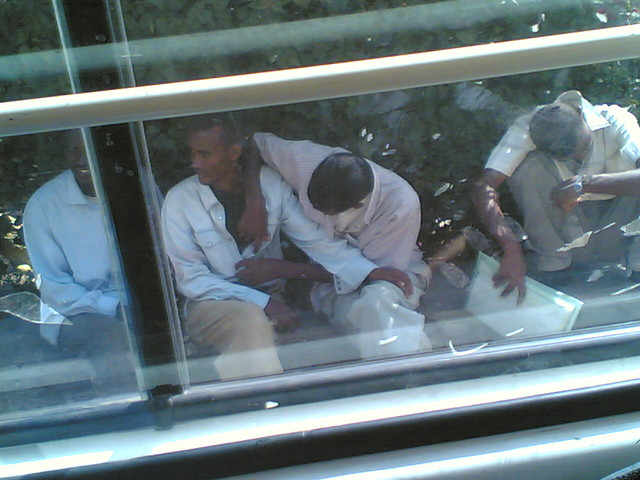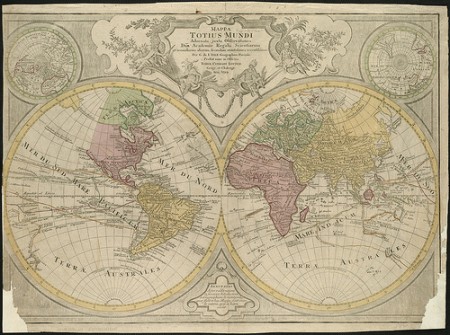
In a new burst of African homophobia, Mr. Paul Evans Aidoo, a government minister in Ghana, has drawn much national support and international condemnation after calling on the country’s intelligence services to round up Ghana’s gay population. The move by the minister follows months of campaigning by the Christian Council of Ghana calling on Ghanaians not to vote for any politician who believes in the rights of homosexuals in the upcoming elections. The comments from the National Democratic Congress (NDC) politician come in the feverish run-up to the 2012 elections and have drawn wide support from political, religious and social leaders throughout the country, such as representatives of both the Christian as well as the Muslim clergy.
Currently, Ghana’s constitution does not extend human rights or legal protection based on sexual orientation. In fact, its criminal code contains a clause prohibiting “unnatural carnal knowledge”. This ambiguous phrase reflects a pervasive homophobia cultivated across the whole society. Even Ghana’s usually fairly vocal human rights activist community seems complacent. Amnesty International Ghana Director Laurence Amesu is refusing to take a position on the law, just like Richard Quason, the deputy commissioner of the Ghana Commission on Human Rights and Administrative Justice.
The lifestyles of gay, lesbian, bisexuals and transgender people are currently listed as criminal in 38 African countries. The call from Mr Aidoo thus marks only the latest in a series of expressions of officially condoned homophobia across the continent.




